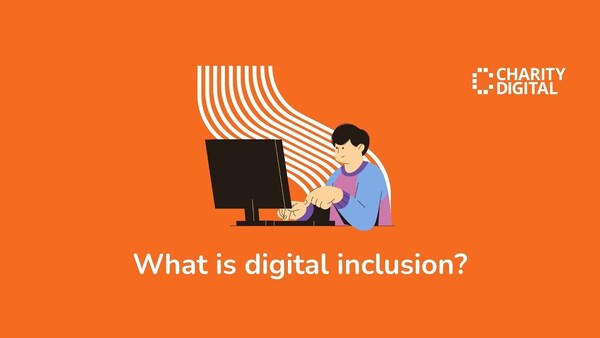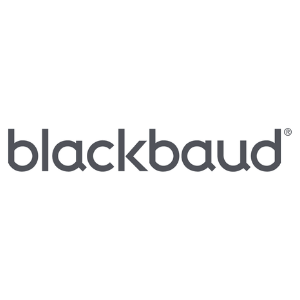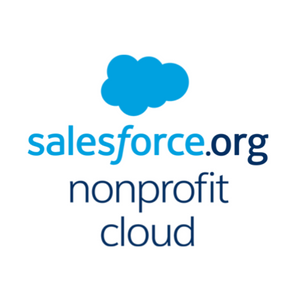Insights
INSIGHTS
All Topics
My Account
How to write great microcopy
16 Aug 2024by Mary Wessel
We look at how your organisation can master the fine art of microcopy
Microcopy is small but mighty. It refers to all those short, snappy bits of text you find on a website or app, that are often practical, instructional, or informative.
Microcopy forms the small signposts that guide a user through a process – from signing up to a fundraising event to pledging a donation. That includes:
- Call to action buttons
- Text fields in online forms
- Tooltips (an extra bit of information or guidance)
- Titles and headings
- Status messages
What makes good microcopy?
Good microcopy is barely noticeable but can make a huge difference to the user journey. Well-crafted words will help the user to complete a task easily and quickly – and that can mean bigger donations and signing up more supporters.
Great microcopy is:
- Clear: Avoiding any jargon or lengthy phrasing
- Concise: Not only because you’re writing for tight spaces, but because people simply don’t read much on screen (the average user spends 54 seconds on a page)
- Helpful: Pre-empting any bumps in the user journey to keep it simple and intuitive
Here are five ways to make sure your microcopy is clear, concise, and helpful.
Guide your user through a process
Great microcopy can help to make the user journey smooth. A simple example of this is on Barnardo’s site. If users are looking to find a volunteering opportunity in their area, a search box pops up that includes the text ‘Search your postcode or town’.
That makes it super clear exactly what information someone needs to provide to find out about volunteering opportunities.
Or take a look at Slack. Their sign-up page is very specific, in that it’s best to use your work email address. As well as including that in clear, succinct language:
‘We suggest using the email address that you use at work.’
It reinforces the message in the text box prompt:
‘name@work-email.com’.
The guidance couldn’t be clearer and such small explanations along the user journey can help people to complete a task.
Pre-empt questions and concerns
Are there questions you regularly get asked about the donation process? Or common reasons why people decide not to sign up for a fundraising event? If so, tweaking your microcopy could help to ease any fears.
For example, someone might be reluctant to sign up for a newsletter if they think they’ll be bombarded with emails. Dogs Trust addresses this on their newsletter form with:
‘You can change your mind at any time, just let us know by contacting us.’
Or Which? helps to alleviate any commitment fears with these words under their Subscribe button: ‘First month £5, then £10.99 per month, cancel any time.’
The copy quickly and easily addresses any issues that might put someone off subscribing.
Encourage and motivate people
Microcopy can also be used as a way of encouraging supporters or donors to act. Take Action for Children, for example. Click through to make a one-off donation on their website, and you’re greeted with: ‘You’re about to do something amazing.’
These simple words (along with the photo) help the user to feel positive about donating and motivate them to take the next step of confirming how much they want to donate.
The donation form also gives clear, concise instructions – as well as offering the chance to ‘Change to monthly’ or to ‘Change amount’. It gives plenty of opportunity for supporters to easily change their mind and give more money.
Reinforce your brand – but don’t be too clever
Using your microcopy to reinforce your tone of voice can be helpful, but not if it’s to the detriment of the purpose of the copy.
It’s important to get the balance right. For example, on their order form, Who Gives a Crap helps the user to decide how many toilet rolls they need for their household, with a simple:
‘Which size is right for me?’
They use the opportunity to reinforce their tone of voice, while making sure the information given is clear and helpful. Ultimately, it helps consumers to quickly decide which option to buy, so they don’t lose interest in the purchase – while also being true to their conversational and fun tone of voice.
Ask for feedback and experiment with your words
As with any web copy, it’s always good practice to ask for feedback – ideally from a sample user group. Failing that, running it past some colleagues can also be useful. Wording that sounds clear to you, might for others be confusing, overly technical or overwritten.
Also use any data that’s available to you flag up bumps in the user journey or where people drop out. Ultimately use both data and feedback to tweak your copy, and keep experimenting until it’s clear, concise and helpful. A few choice words can make the world of difference.
More on this topic
Recommended Products
Recommended Products
Featured Products
Related Videos
Our Events
Charity Digital Academy
Our courses aim, in just three hours, to enhance soft skills and hard skills, boost your knowledge of finance and artificial intelligence, and supercharge your digital capabilities. Check out some of the incredible options by clicking here.



















